If you’re thinking about adding attic insulation to your home this year, please read this first. Many homeowners go about re-insulating their attics all wrong. What’s far more important than simply adding attic insulation is to have air-sealing performed first. This is the labor-intensive part of an attic insulation job that unscrupulous insulation contractors may not mention.
Not only is it important to seal attic bypasses before adding insulation, but it’s also the law here in Minnesota. Section 1322.0100 Supb. 3 of the Minnesota Residential Energy Code says “Attic insulation shall not be installed unless accessible attic bypasses have been sealed. ” The Minnesota Department of Commerce even issued a press release in 2014 to help make this information known: “Beware the Insulation Contractor Who Does Not Include Air Sealing”
Attic Bypasses
The Minnesota Energy Code says “An attic bypass is any air passageway between a conditioned space and an unconditioned attic.”
So what the heck is that? Check out the images below for several examples of attic bypasses.
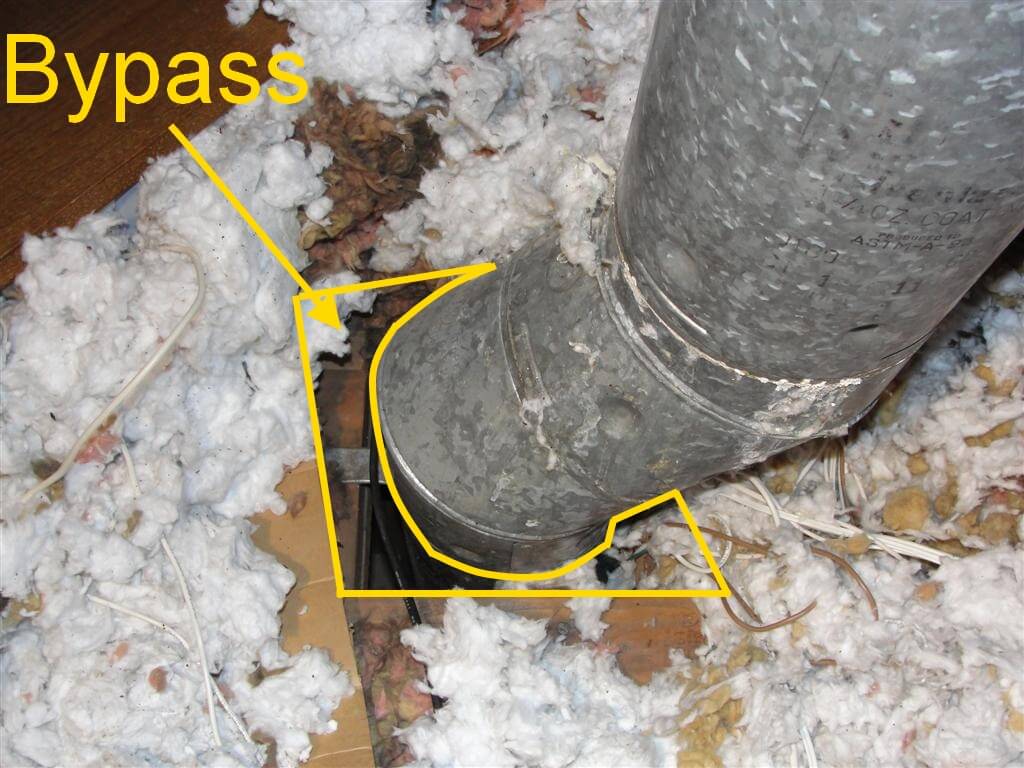
That last image was from a new construction pre-drywall inspection and is a pretty common detail on new construction homes.
If a home was built before about 1991, there was probably no attempt to seal attic bypasses. After that, there’s a good chance that some of the larger attic bypasses have been sealed, but surely not all of them. To seal up most of these attic bypasses, an insulation company will pull the insulation away and use spray foam insulation to get everything perfectly airtight. Handy homeowners can do most of this work by crawling around in their attic with a can of foam insulation, but let me warn you, this is nasty work. I certainly don’t advise it.
For homeowners who insist on performing their own attic air sealing, I recommend downloading this guide from Building Science Corporation: Attic Air Sealing Guide. Also, please read this Building Envelope Guide from the Minnesota Department of Commerce.
Why attic bypasses matter
Attic bypasses are the driving force behind ice dams, as well as frost, moisture, and mold in the attic. If you eliminate all attic bypasses, you’ll probably eliminate all of these problems. That’s why it’s so important to address attic bypasses before doing anything else.
Sealing attic bypasses will also help to reduce energy bills and help with the comfort of your home. Many people mistakenly believe that replacing windows will achieve this, but this is largely due to overzealous window salespeople making outrageous claims. In reality, the biggest source of heat loss is through the attic, and the best return on investment is usually accomplished through air sealing and re-insulating the attic.
If insulation is added to an attic before addressing attic bypasses, it could potentially make the attic space much colder than it has ever been before. When this is done without eliminating the driving force behind frost in the attic, frost gets even worse.
Can you add too much attic insulation?
No, you can’t add too much insulation. Of course, that assumes all other things are equal, meaning you’re not doing anything stupid with your insulation like blocking the soffit vents or piling the insulation right up to the roof decking. Maybe. This also assumes that you’ve sealed your attic air leaks first. If you haven’t addressed attic air leaks, do not add insulation. First things first.
Why do I even address this question? Because I’ve seen warnings about excessive insulation leading to moisture issues in the attic, but that’s hogwash. Attic bypasses cause moisture problems, not insulation.
On the other hand, there’s no reason to go crazy with insulation. There is a law of diminishing returns when it comes to attic insulation. You’ll get the most value out of the first few inches of insulation, and the increases drop off pretty rapidly after that. The current standard for new homes in Minnesota is R-49.

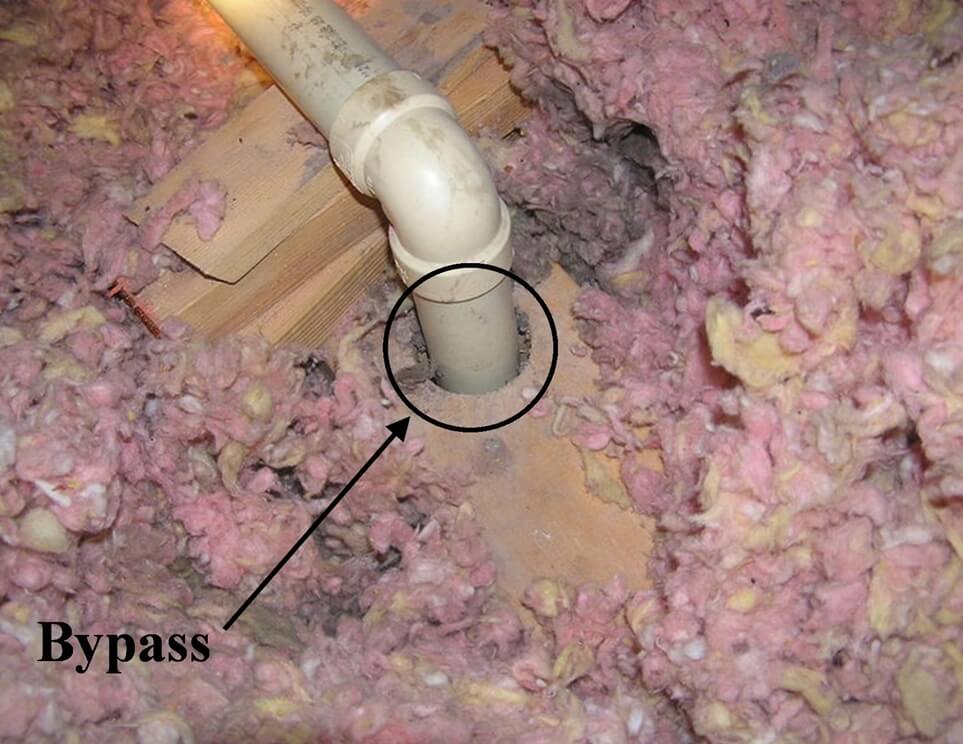
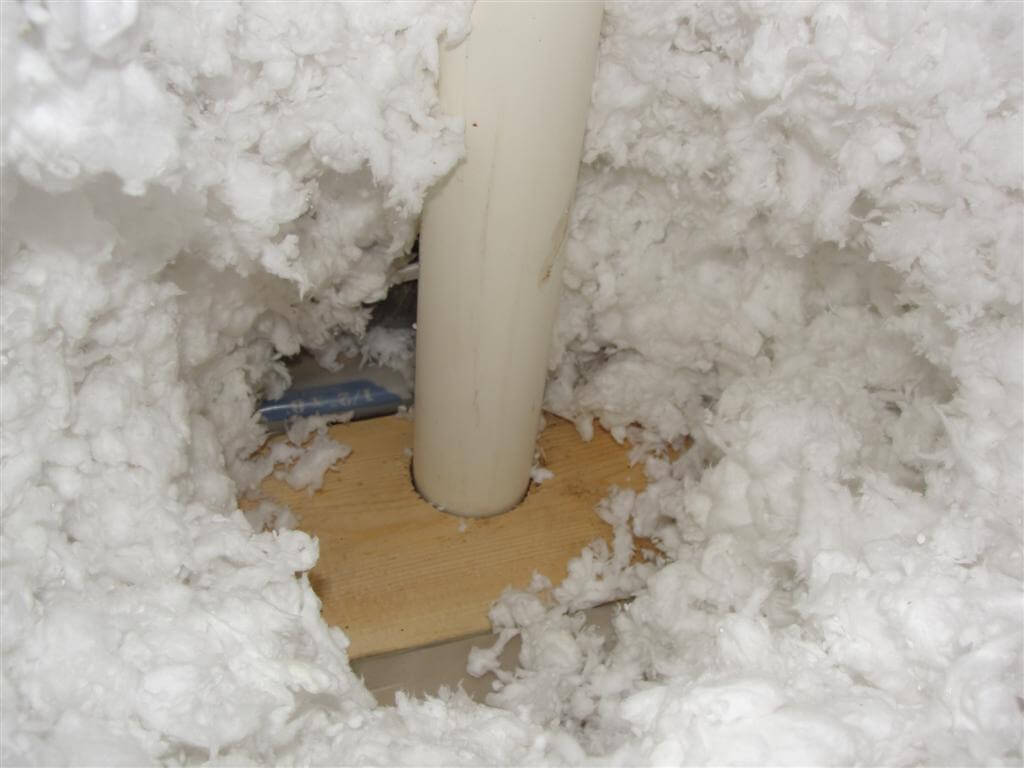
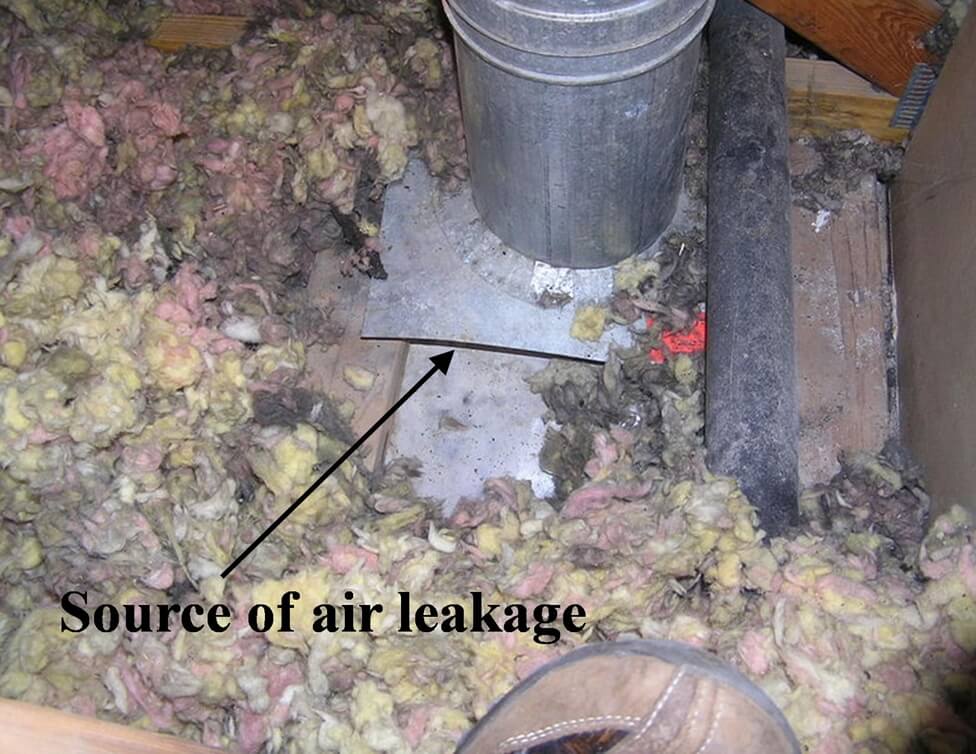
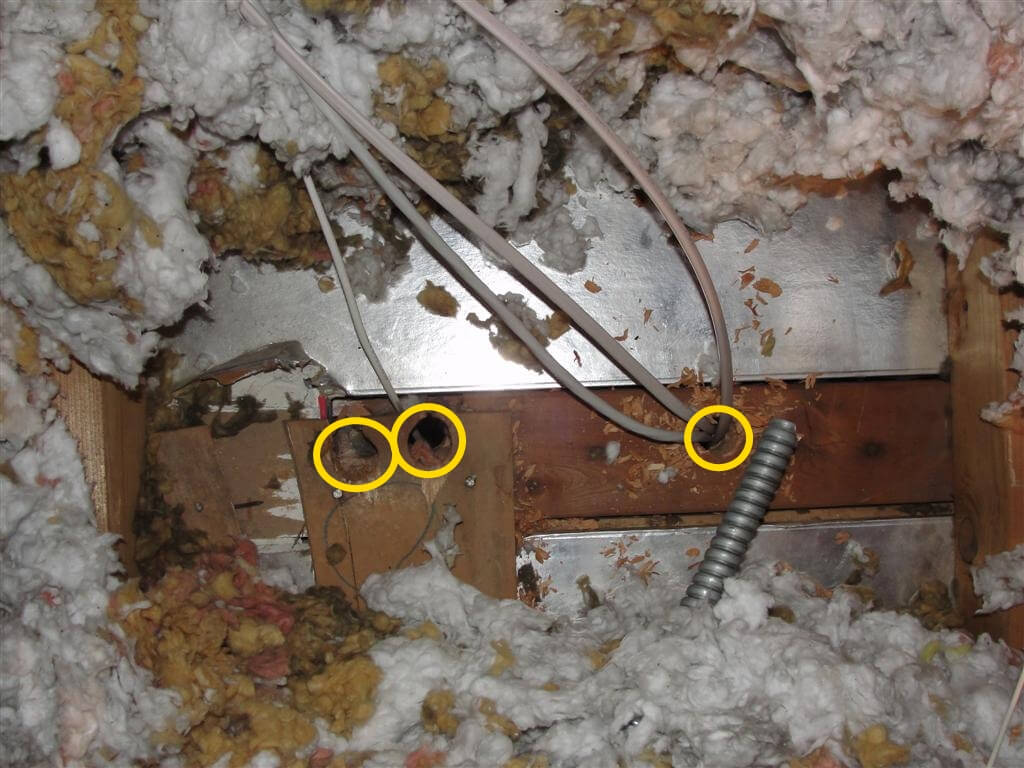
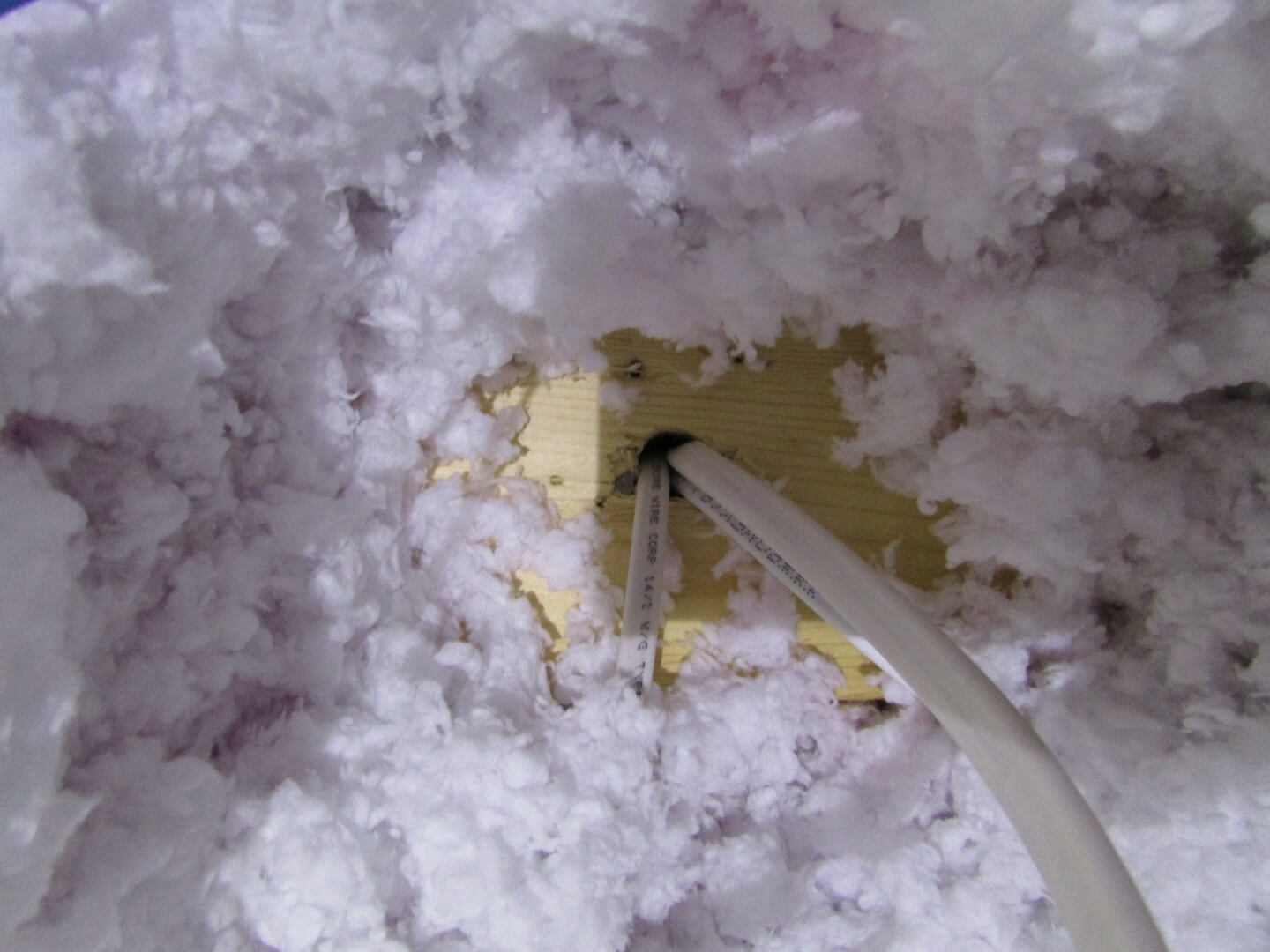
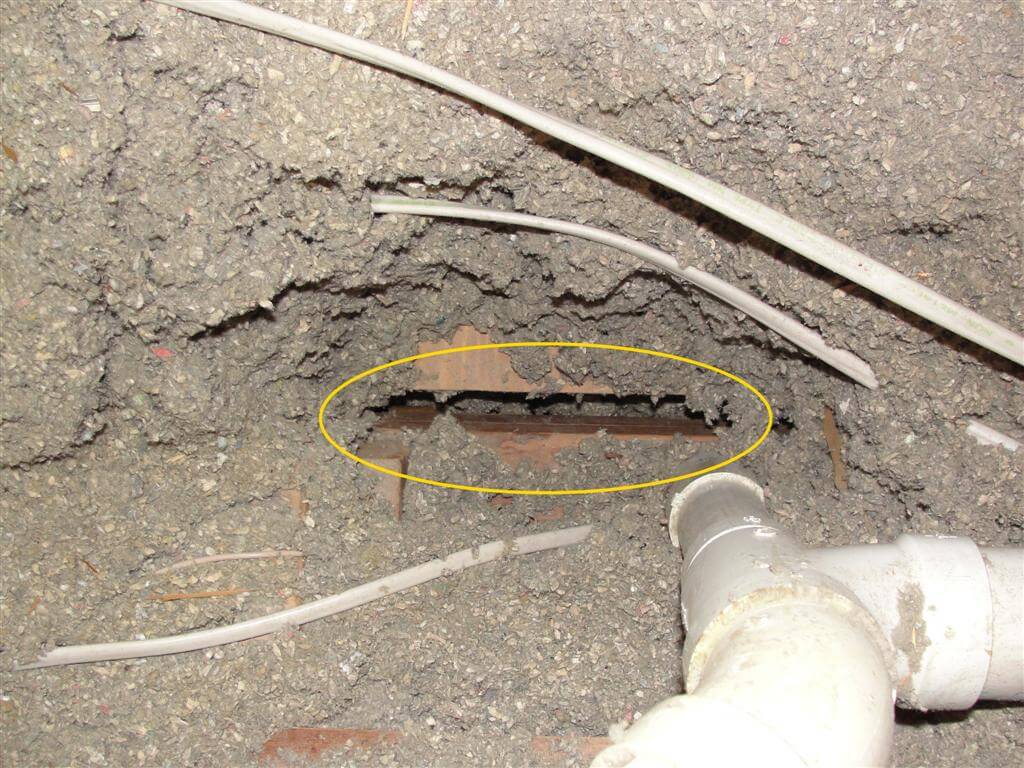
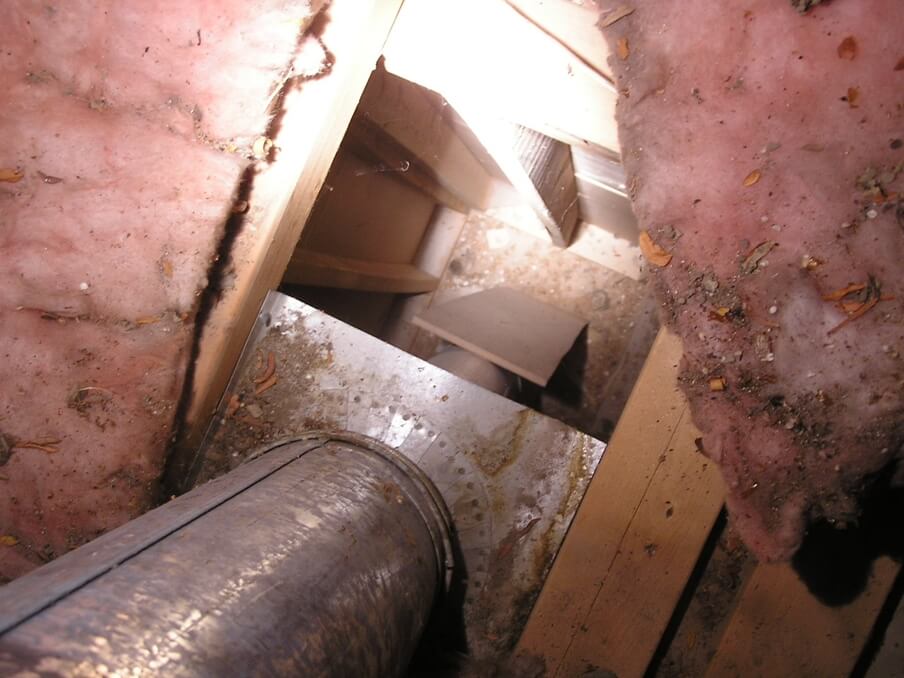
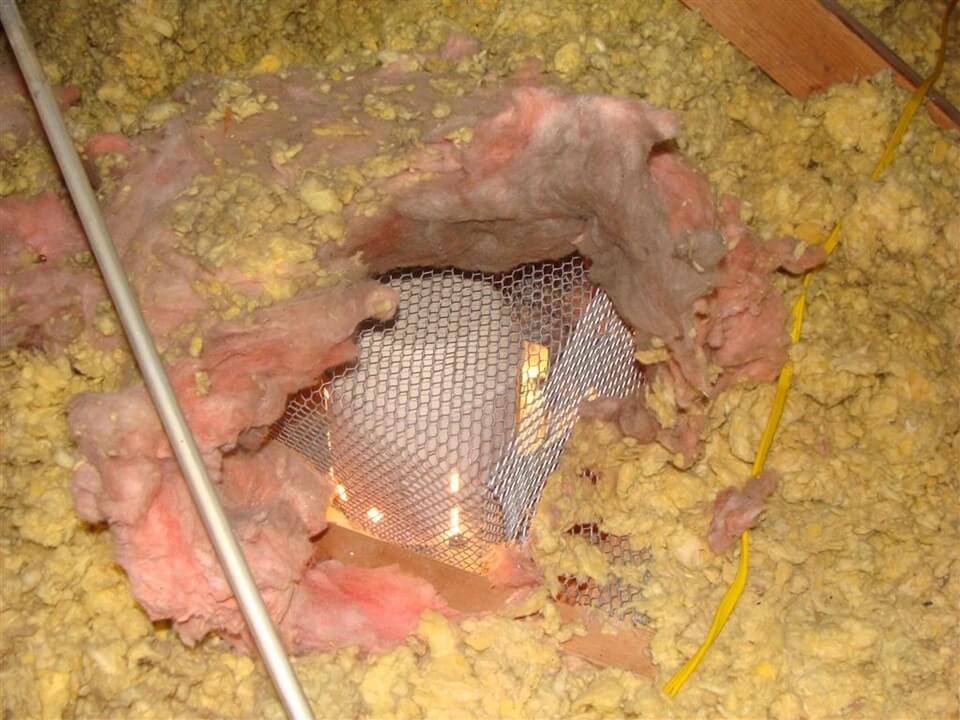
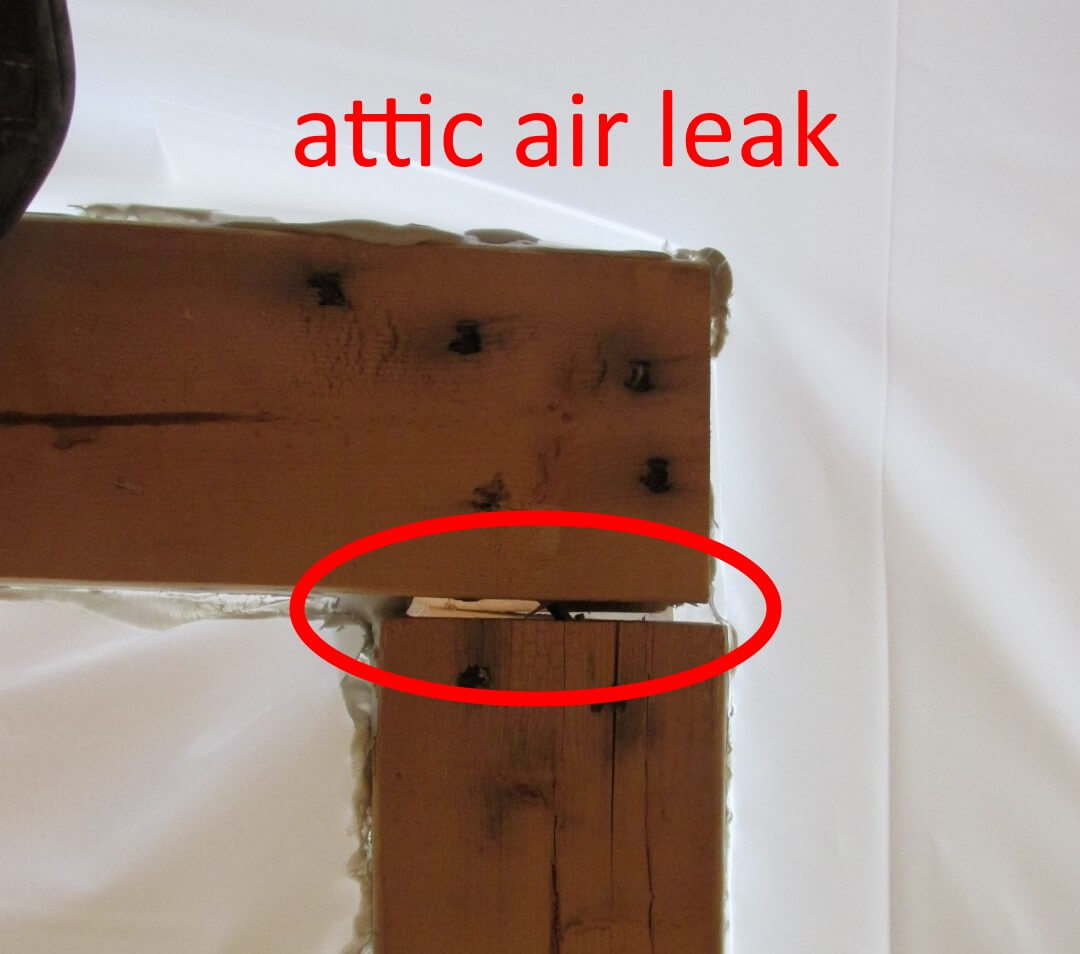
Morgan
January 25, 2022, 1:08 pm
I love you folks at structure tech. Love the podcast. I’m a new inspector in Washington state. We have a lot of furnaces in attics here. Do you have any articles about the best way to bring the attic into the envelope?
Thank you all for everything you do for the industry.
Reuben Saltzman
January 25, 2022, 1:29 pm
Thank you, Morgan! Sorry, I’ve never written about bringing the attic into the thermal envelope. My assumption would be to go with a hot roof.
Roger Miller
January 26, 2022, 10:42 am
Ruben, My understanding is that there is a proposed new spec for insulating attics to R60 in our climate, and that this will eventually work its way into our building codes. The insulation contractor I’m working with says he’s adopted that spec for much of his work. If someone is investing in having all bypasses sealed before topping up insulation, it doesn’t appear to be much of an increase in total cost to go from R49 to R60 since you already plan to add insulation. You don’t mention the proposed R60 spec in your post. We plan to be in our home for awhile and this seemed to be a small investment to help “future-proof” our energy efficiency.
Reuben Saltzman
January 27, 2022, 9:23 am
Hi Roger,
You’re right; if you’re going to have insulation added, the additional cost to bring it up to R-60 should be minimal. That’s a great idea. The reason I bring up diminishing returns is that if you have any attic with an insulation value of R-38, it’s surely not going to be worth your while to bring it up to R-60 unless you’re already having insulation work done.
Ejay Jack
February 10, 2022, 6:08 pm
We had an energy assessment done recently, we recently moved to Salt Lake City, UT from Minneapolis. Our attic needs insulation, air sealing and venting. The company suggested not adding additional blown cellulous insulation, rather mitigating the wood and debris, raking the insulation out and placing a “Multi Layer insulation” over top. This MLI is new to me and I can’t find much information on its use in homes, only aerospace articles. Is this MLI a decent option to insulate our attic?
Reuben Saltzman
February 10, 2022, 8:22 pm
Hi Ejay, I’m sorry, but I’ve never heard of MLI. That’s a new one for me.